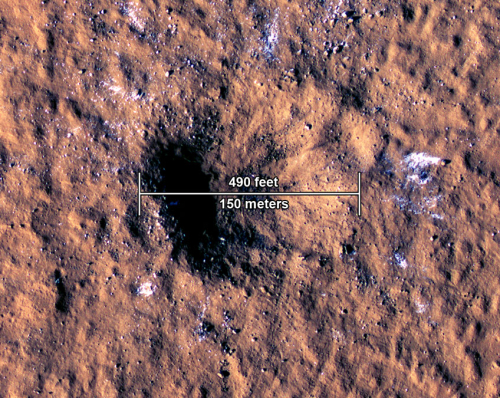Watching the launch of the final large module to China’s Tiangong-3 space station
UPDATE: The Mengtian module has been deployed, and is now proceeding to a rendezvous and docking within the next day or so. The core stage is in orbit, and we can only wait over the next few days to find out where it will hit the Earth.
The leaders in the 2022 launch race:
49 SpaceX
47 China
18 Russia
8 Rocket Lab
7 ULA
American private enterprise still leads China 69 to 47, though it now trails the rest of the world combined 74 to 69.
Original post:
—————-
The launch of the final large module for China’s Tiangong-3 space station is scheduled to occur at 12:37 am (Pacific) tonight.
The module is called Mengtian, and once moved to its permanent port will complete the station in its t-shape. The rocket is the Long March 5B, the core stage of which will reach orbit, and then within a week crash uncontrolled somewhere on Earth.
I have embedded the English live stream below. A lot of Chinese propaganda (though not much different from a NASA broadcast). As I understand it, the launch window is instantaneous, so if there are any holds the launch will be scrubbed for the day.
UPDATE: The Mengtian module has been deployed, and is now proceeding to a rendezvous and docking within the next day or so. The core stage is in orbit, and we can only wait over the next few days to find out where it will hit the Earth.
The leaders in the 2022 launch race:
49 SpaceX
47 China
18 Russia
8 Rocket Lab
7 ULA
American private enterprise still leads China 69 to 47, though it now trails the rest of the world combined 74 to 69.
Original post:
—————-
The launch of the final large module for China’s Tiangong-3 space station is scheduled to occur at 12:37 am (Pacific) tonight.
The module is called Mengtian, and once moved to its permanent port will complete the station in its t-shape. The rocket is the Long March 5B, the core stage of which will reach orbit, and then within a week crash uncontrolled somewhere on Earth.
I have embedded the English live stream below. A lot of Chinese propaganda (though not much different from a NASA broadcast). As I understand it, the launch window is instantaneous, so if there are any holds the launch will be scrubbed for the day.














